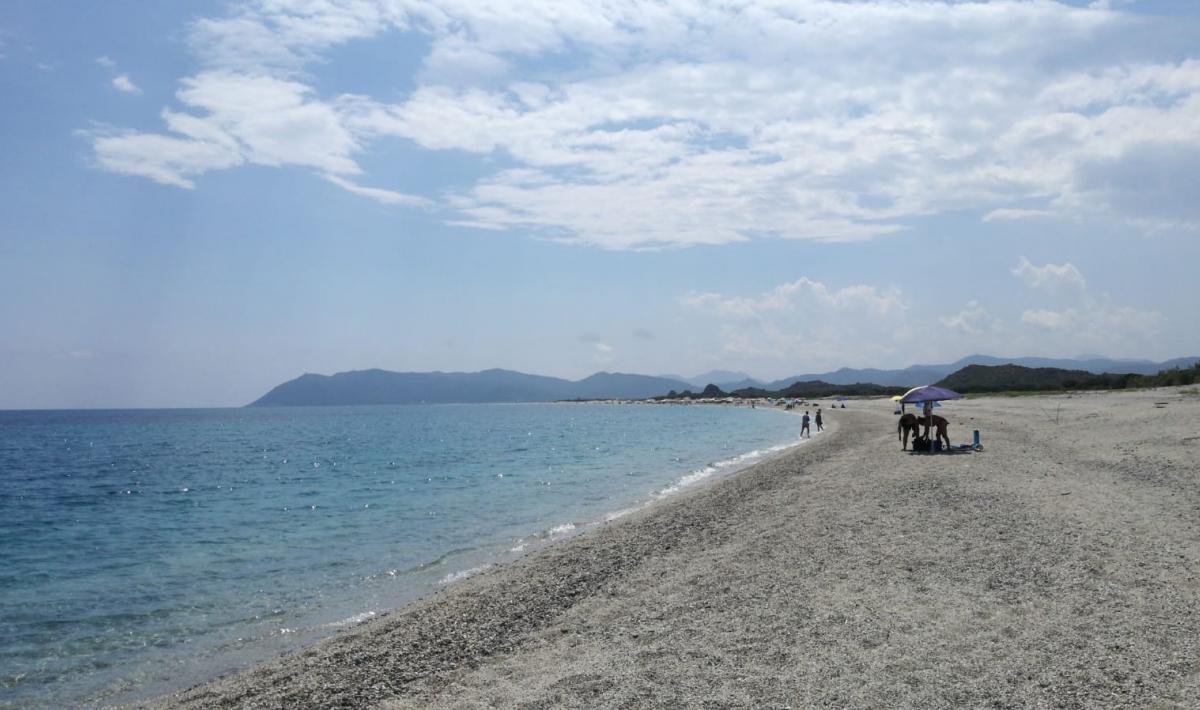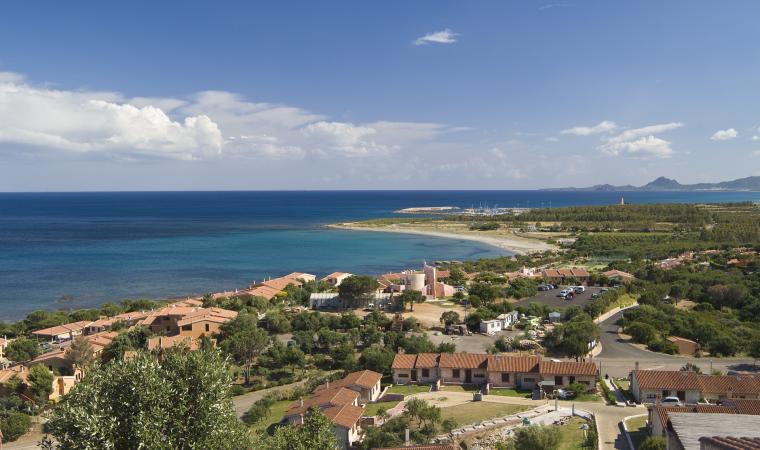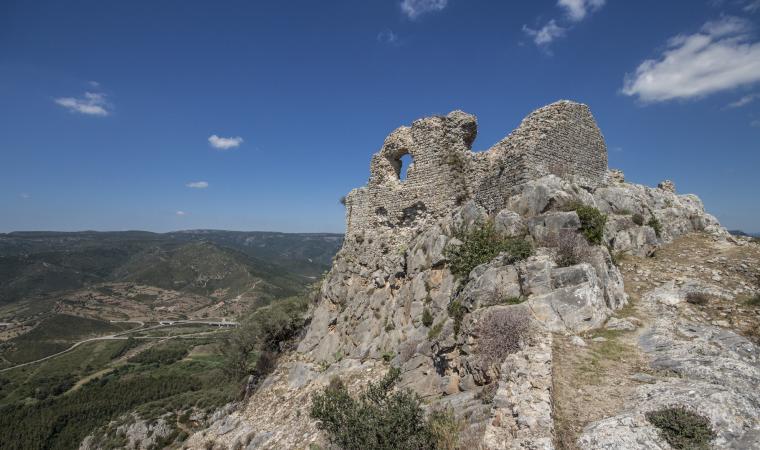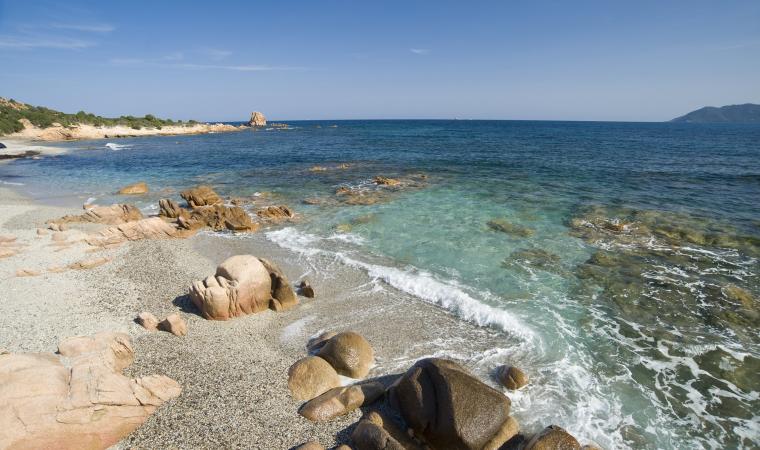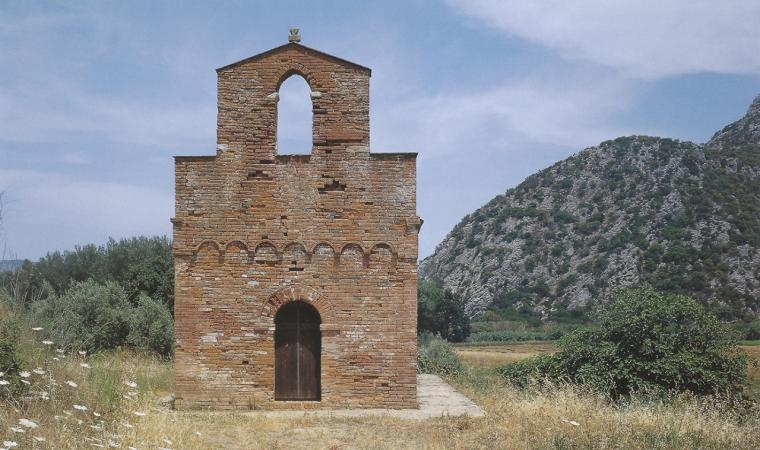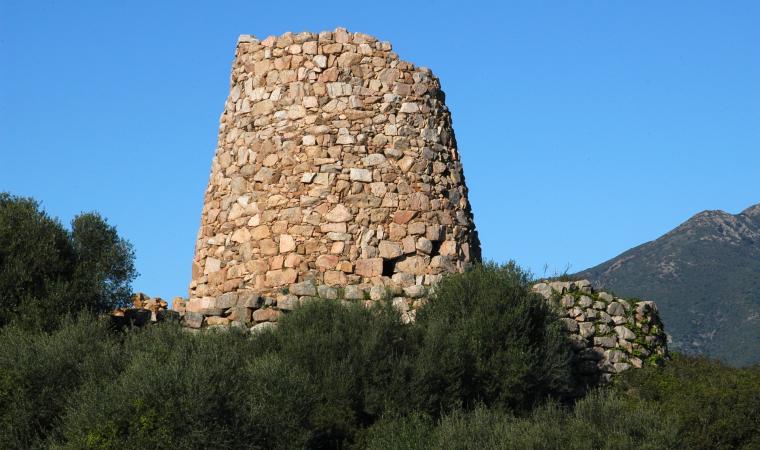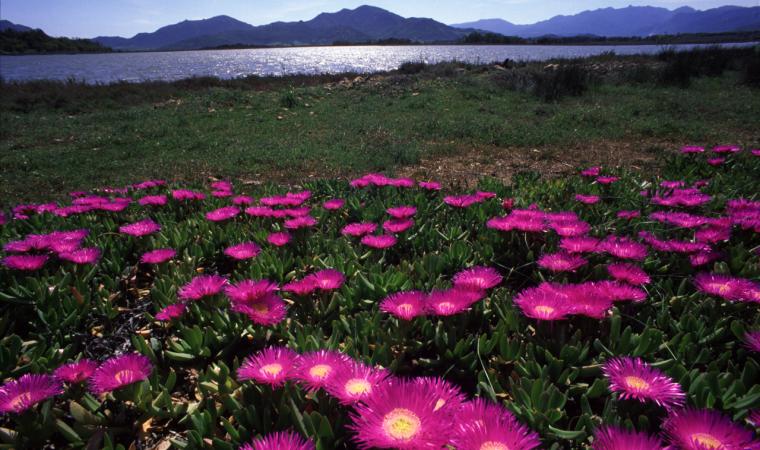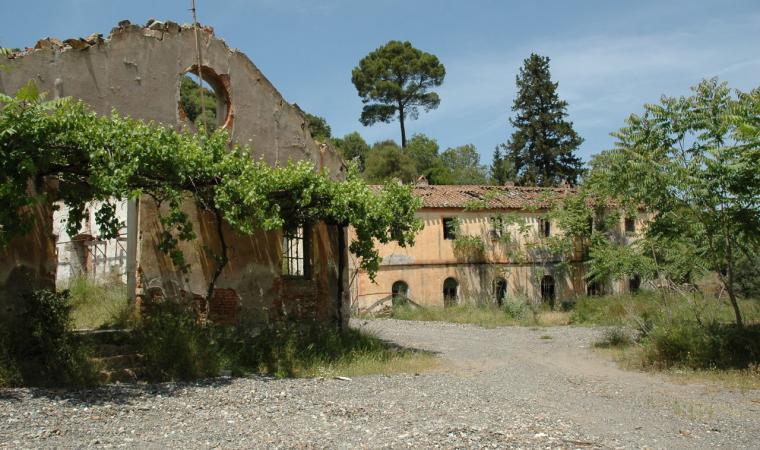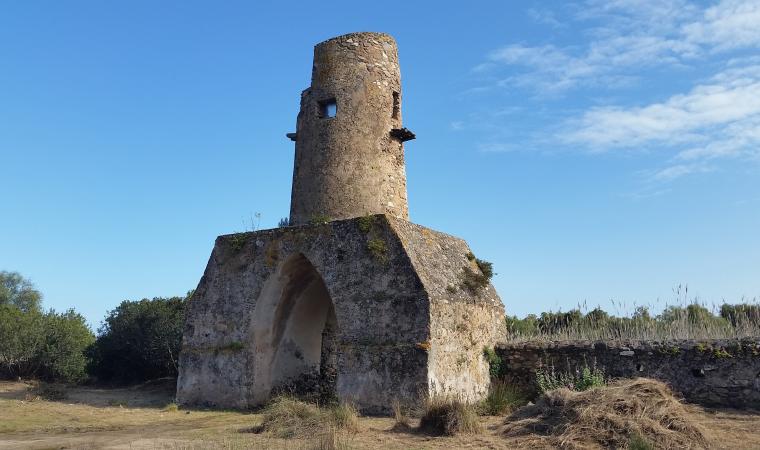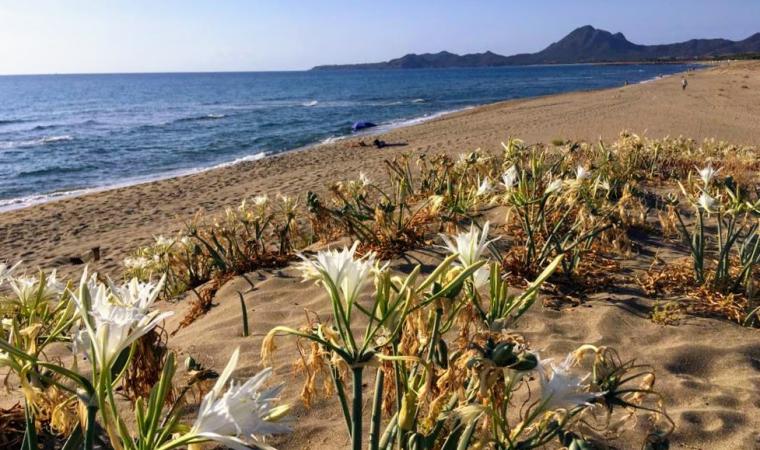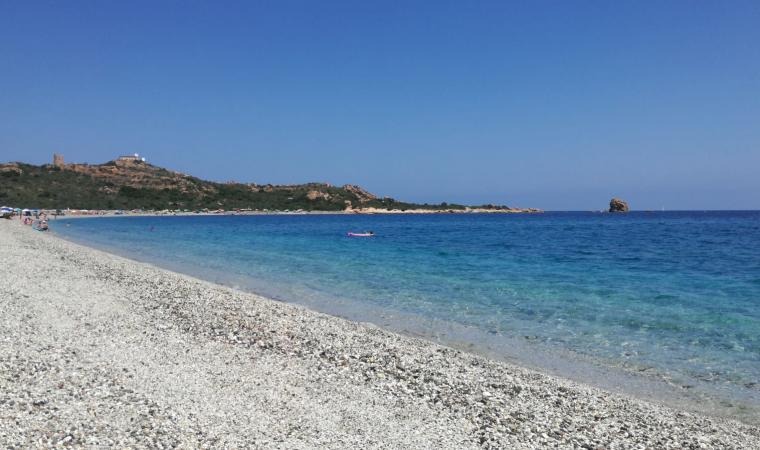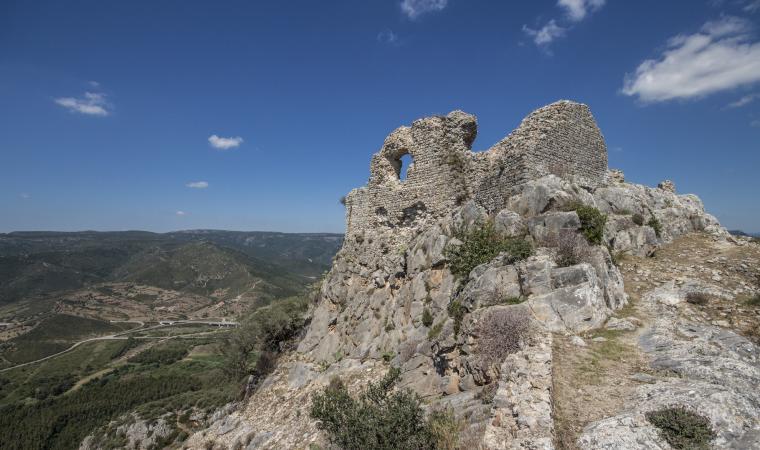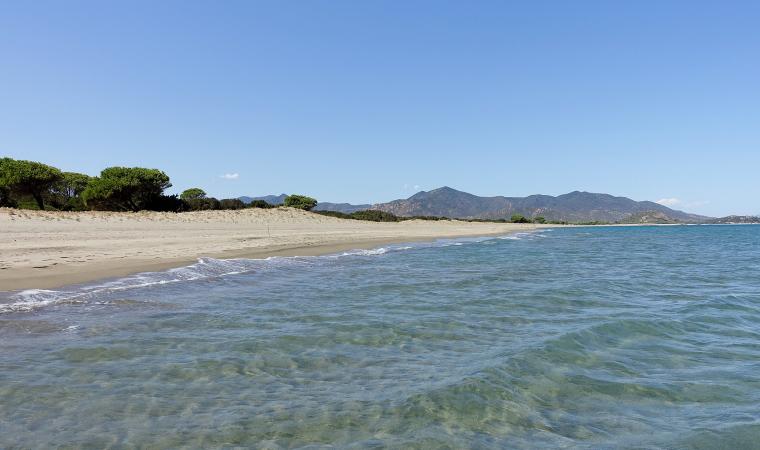Its ancient roads and stone houses match the shape of the mouth of the Flumendosa river. Villaputzu, a village with five thousand inhabitants, lies a short distance from the southeastern coast of the Island, along which there are stretches of sand and promontories with inlets. Four kilometres from the village, you will find the marvellous Porto Corallo and its modern tourist port, dominated by a tower, which is one of six making up the Aragonese defence system (16th century). Nearby, there is the captivating Porto Tramatzu: fine sand set in Mediterranean greenery. Further north, there is the beach of Quirra (or Murtas), which is only partly accessible due to military restrictions. Next to the coastline, alluvial plains with ponds open up and are the habitat of the western swamphen, the mallard and the greater flamingo. This unspoilt scenery combines sun and sea with birdwatching, biking and trekking. As you explore further, you will encounter dense woods: you can walk amidst the ruins of industrial archaeology, like the mine of Baccu Locci, and grottoes with intricate underground passages, stalactites and stalagmites.
Villaputzu's origins can be identified with Phoenician-Punic towns and the river port of Sarrapos (hence the name Sarrabus), dating back to the 7th century BC. It later became a Roman village, as is documented in the Itinerarium Antonini. The current village gravitates around the parish church of Santa Caterina of Alexandria. The Late Gothic church of San Giorgio Martire is also worth visiting. It was rebuilt in the 16th century on a previous 12th century structure. Among the rural churches, that of San Nicola stands out. It is a very rare example of a Sardinian Romanesque red brick building. The little church stands at the foot of the mountain of Castello di Quirra (13th century), places in which historical tales are told of sieges, along with legends about the Carroz family. The mountain has seven caves on different levels, where artefacts from the Palaeolithic era and from Roman and Medieval settlements have been found. There are infinite traces of prehistoric times in the territory: Domus de Janas necropolis of Torre Murtas and of S'Oru, underground interment of Casa Forrus, Pseudo-Nuraghi, single-tower and complex Nuraghi, Tombs of Giants and the sacred well of Is Pirois, built on the top of the Nuraghe.
The Fires of Sant'Antonio Abate, the carnival and the festivity of San Giorgio (in May) animate the village and the festival of the launeddas, in August, is the event par excellence: players from all over the island perform here. A similar concert, Canti di Canne, is staged on 26 December at San Giorgio. The musical instrument, consisting of three pipes played using the 'circular breathing' technique, has primordial native origins. Villaputzu boasts centuries of use of this instrument: skilled masters hand down this priceless heritage to young players. On the subject of traditions, you can admire fabrics, wicker baskets, wooden and ceramic objects in the summer, during the Sarrabus handicrafts exhibition. Citrus fruits stand out among the agricultural products. The exquisite cuisine is the result of ancient customs: culurgionis and malloreddus, char-grilled meat and fish and pastries like pardulas and pabassinas.

